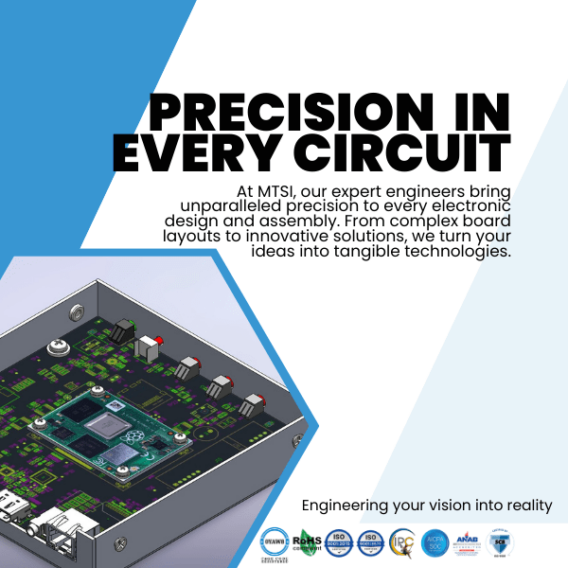// Contract Engineering Services
Electronic Circuit Design
With our electronic circuit design services, if you imagine it, we design it — with the best tools to get it right. MTSI excels in the realms of analog and digital design, harnessing the power of OrCAD, PADS Professional and more for meticulous schematic capture.
We use the right tools for your projects – streamlining design workflow and optimizing performance in electrical systems. This proficiency positions us at the forefront of innovation, allowing us to craft tailored solutions that seamlessly integrate the latest advancements in the field.


